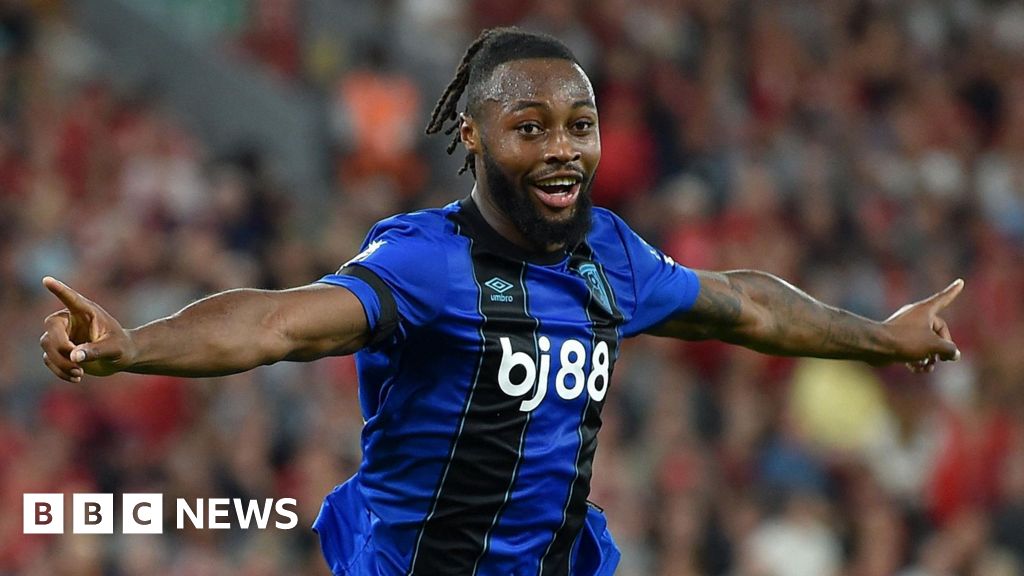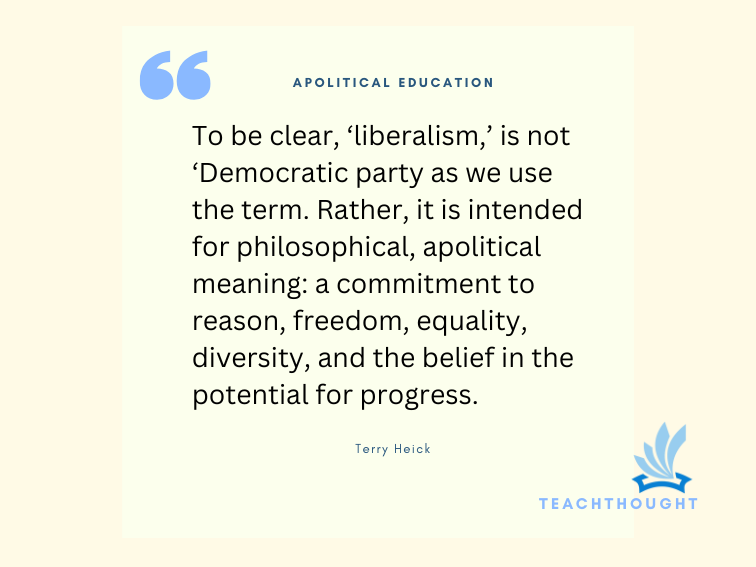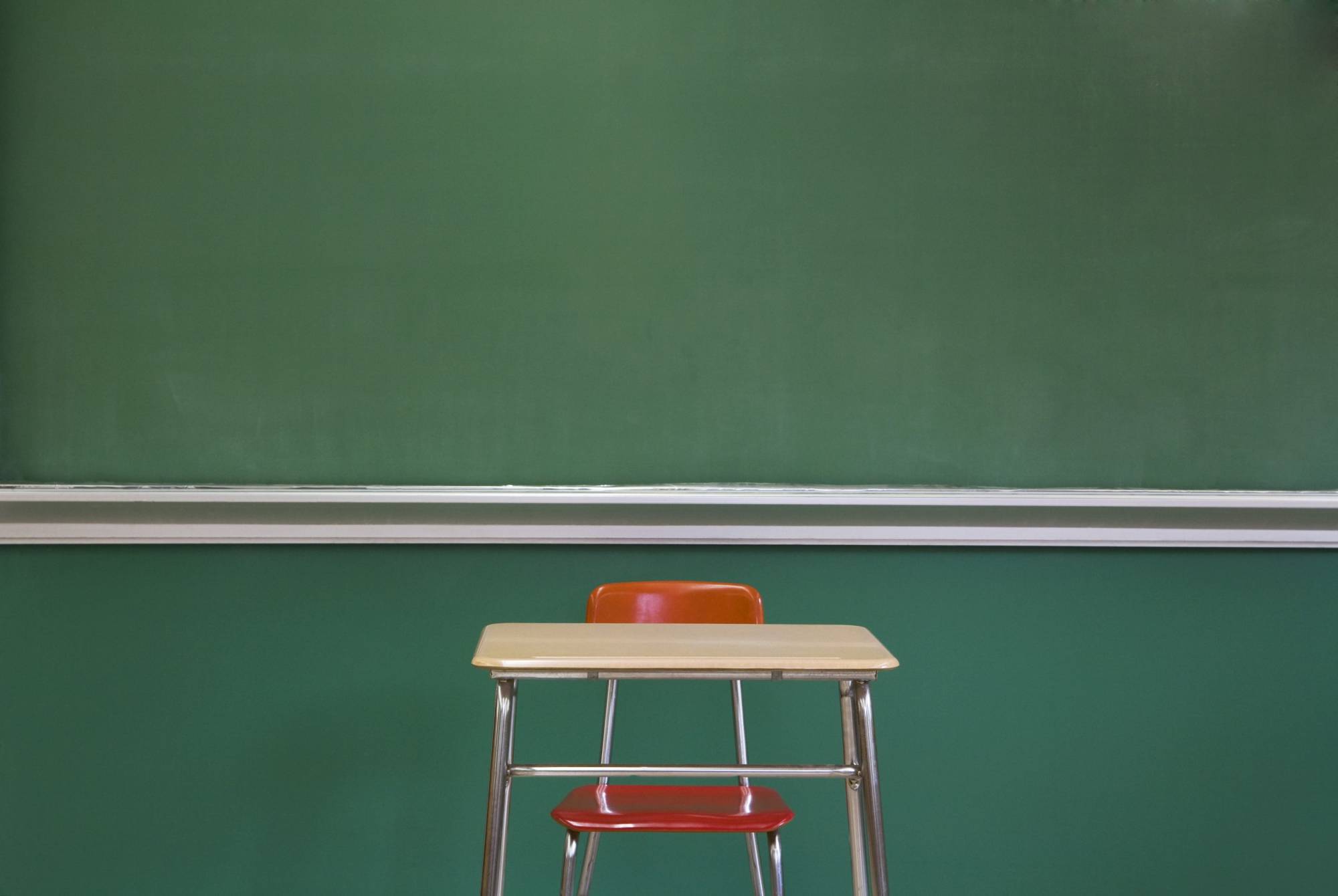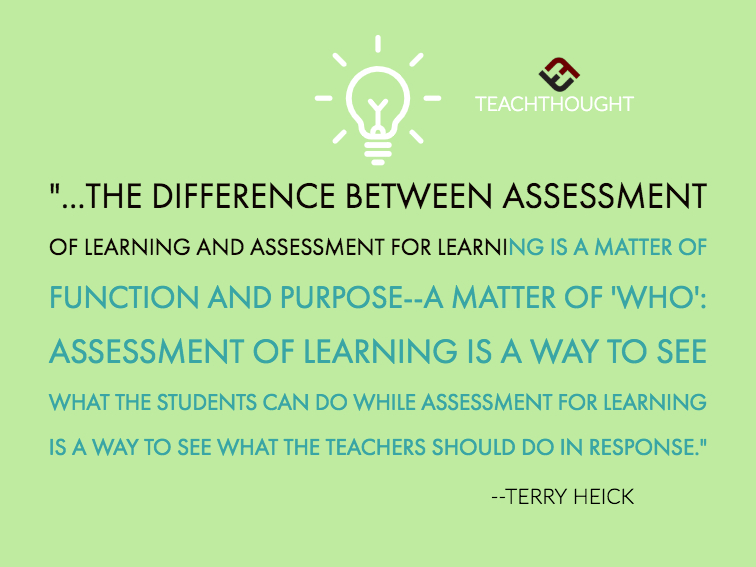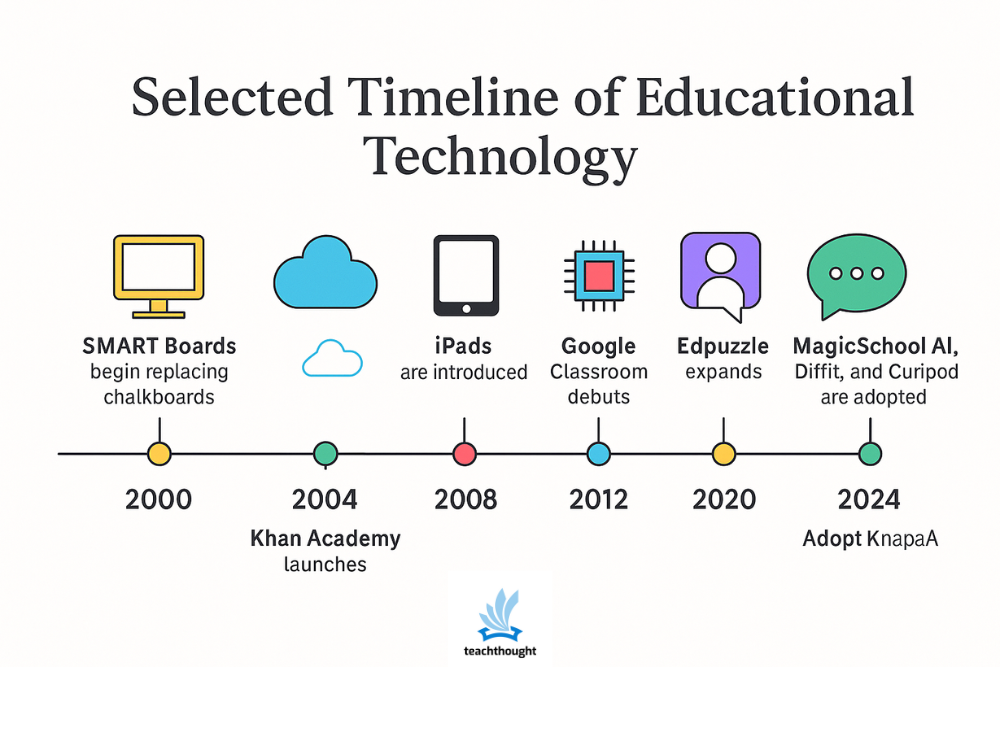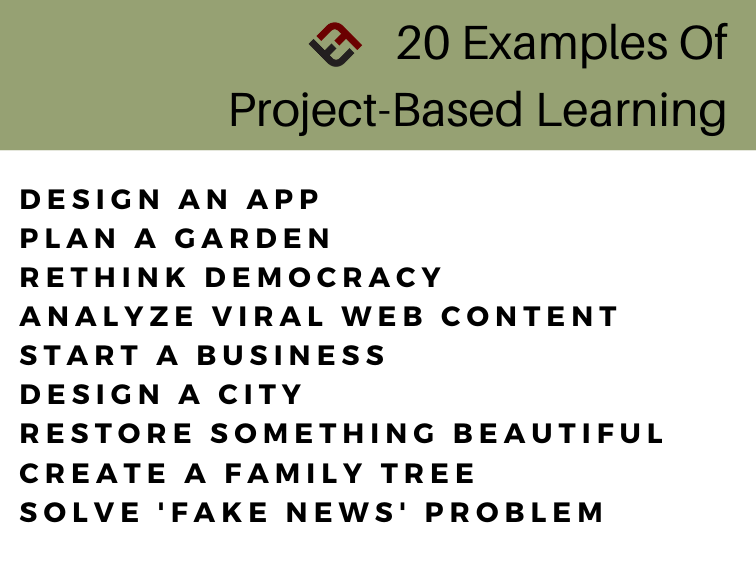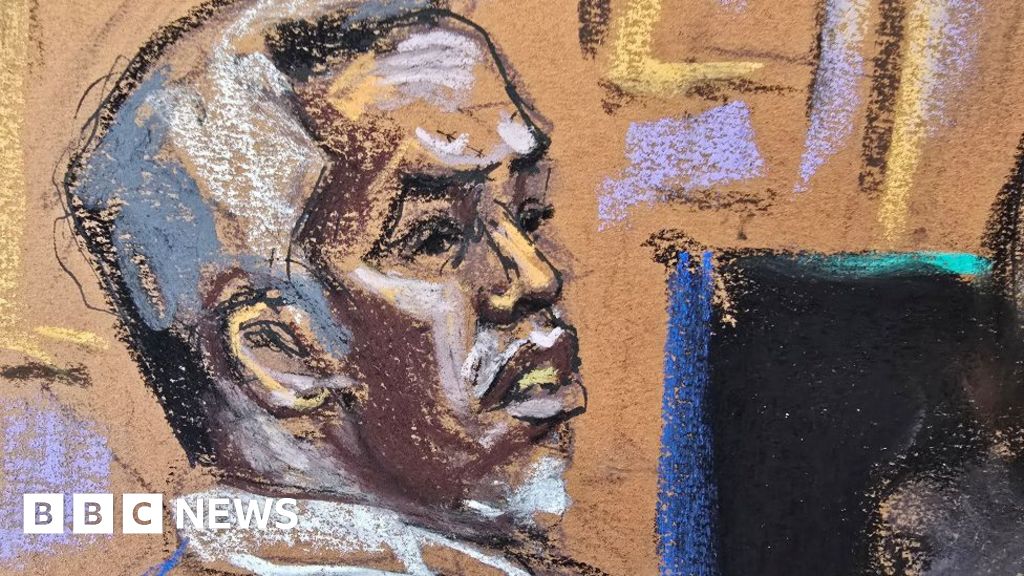How Can Subtle Language Shifts Unlock Student Potential?
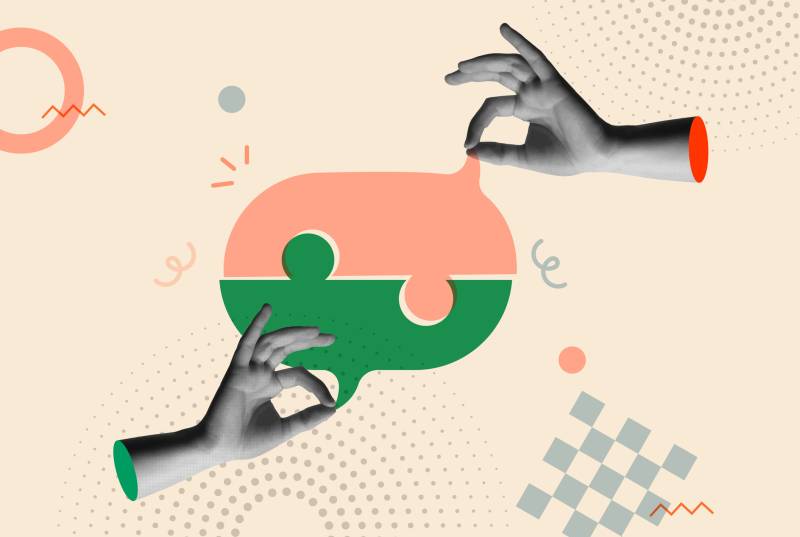
From Choice Words: How Our Language Affects Children’s Learning, 2nd edition by Peter Johnston © 2024 by Stenhouse Publishers. Reproduced with permission.
By Peter Johnston
It might already have occurred to you that children bring with them to school well-learned cultural narratives acquired in cooperatively retelling family stories from a very young age. These narratives hold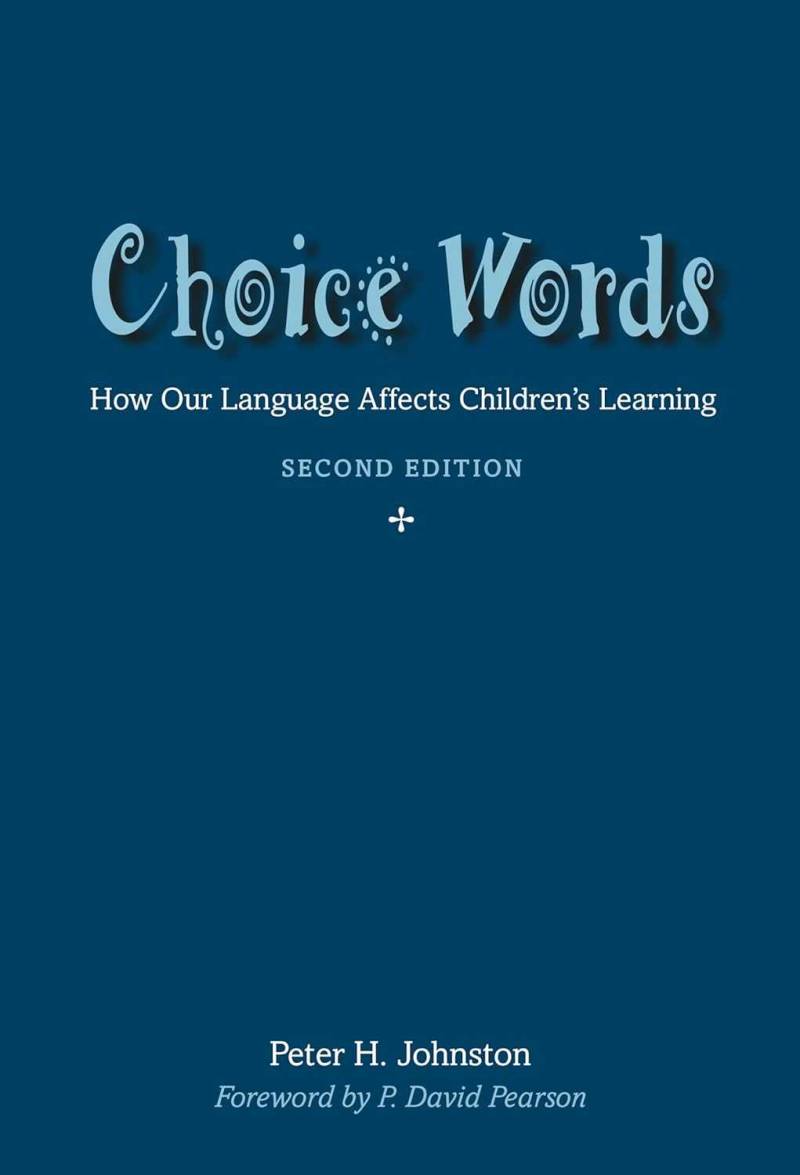 models of the possible forms narratives can take, who is allowed to take which roles, and so forth. Children have already learned some of the roles open and not open to girls, for example, the feelings and actions that go along with those roles, and how certain behaviors should be understood, such as a boy who reads or a girl who argues, or a boy who plays with dolls. They have learned these aspects of identity in subtle ways. Parents tend to retell events differently with daughters and sons, particularly when it comes to emotional events. An event reconstructed as invoking sadness for a daughter, such as having a toy stolen, is likely to be reconstructed to include anger for a son — emotions with very different relationships to agency. Boys and girls differ too, on average, in the stories they tend to tell about success and failure. Our job is to help children of whatever gender, race, and identity to construct productive and equitable narratives about the possibilities and implications of their choices.
models of the possible forms narratives can take, who is allowed to take which roles, and so forth. Children have already learned some of the roles open and not open to girls, for example, the feelings and actions that go along with those roles, and how certain behaviors should be understood, such as a boy who reads or a girl who argues, or a boy who plays with dolls. They have learned these aspects of identity in subtle ways. Parents tend to retell events differently with daughters and sons, particularly when it comes to emotional events. An event reconstructed as invoking sadness for a daughter, such as having a toy stolen, is likely to be reconstructed to include anger for a son — emotions with very different relationships to agency. Boys and girls differ too, on average, in the stories they tend to tell about success and failure. Our job is to help children of whatever gender, race, and identity to construct productive and equitable narratives about the possibilities and implications of their choices.
“We’re all teachers here.”
At the beginning of the year, Laurie McCarthy invites her first- and second-grade students to see themselves as teachers. Then she helps them confirm it. She notices students using strategies for working together or problem-solving, which they do automatically (without awareness) when they are engaged. She explains to them the strategy she saw them use and why it’s important. This brings it to the children’s consciousness, builds their sense of agency, and makes available the language they will need to explain it. Then she invites them to teach the class about the strategy which, with her support, they do. It only takes a minute or two and it confers an enormous sense of competence while distributing the knowledge and establishing classmates as bona fide sources of information to be accessed as necessary.
When Laurie notices a child helping another learn something, she brings it to the class’s attention. She explains how it helps the community, and the important part of teaching it illustrates. For example, having described the helping, she might say, “When Tatiana helped Jerome, he was able to carry on reading immediately instead of having to wait for me to finish working with a group. Thanks Tatiana. Also, I noticed that she didn’t just tell him the word, she helped him to figure it out himself. Why do you think that’s important?” Laurie shows that she values helping, while increasing students’ knowledge of teaching and the likelihood that future student-to-student teaching will pay off. Her efforts also have long-term benefits. Many of her students will become parents and teachers in adulthood.
Nudging children to identify as teachers distributes authority and expertise in the classroom. When the teacher is the only one in the room with the knowledge, there is a bottleneck. We will see a line of children to the teacher’s desk, waiting for approval, correction, or problem-solving. This is not just wasted time. It limits student independence and agency.
“As scientists, how should we handle this?”
To answer the question, children, at least temporarily, have to imagine themselves into that identity and might choose to maintain the possibility of wearing that mantle. Notice, again, how the assertion that the students are scientists (“as scientists”) is provided as given (already agreed upon) rather than new information, making it less open to contestation.
Just the identity label will not accomplish all that is needed, of course. We need to construct an understanding of what scientists (or mathematicians or authors) do, how they talk and act. In one classroom, the teachers referred to themselves as “senior researchers,” and children sometimes as “researcher Tom,” and began lessons reiterating that “we are researchers, let us do research.” When children argued that the teacher’s role is to tell children the answers, the response was that, “It is a characteristic of researchers that they attempt to answer the questions themselves.” The response encourages the collective identity of a community of practice, that “people like us” do things this way. It also denies the frame presented by the children that “we are traditional students and you are a traditional teacher and we are doing school.” It replies, in effect, “I’m sorry but you must be in the wrong theater. I don’t know those actors or that plot. Here’s how this script goes.” It asserts, “When I say we from now on in these conversations, this is the sort of people I am referring to.”
Identities such as researcher-in-a-research-community are an important accomplishment of schooling, but also a tool for shaping children’s classroom participation. These identities provide students with a sense of their responsibilities, and reasonable ways to act, particularly toward one another and toward the object of study. Implicit in these identities are notions of community since identity is tied to both uniqueness and affiliation. In such classrooms, then, teachers are not merely trying to teach subject matter. Rather, they are, as Ed Elbers and Leen Streefland put it in math, “mathematizing: turning everyday issues into mathematical problems and using mathematics evolving from these activities for solving realistic problems.” Learning science, writing, mathematics, and so forth in this manner breaks the division between school and “the real world,” a division that limits the significance and impact of children’s learning.
“What are you doing as a writer today?”
This query has several features. First, it frames what the student will be doing in terms of what writers do, and invites a conversation on those terms rather than in terms of, say, a student doing a task for the teacher. Second, again, by presenting as “given” the assertions that a) the student is a writer, who b) will be doing something that writers do, it makes it hard to reject either the identity or the action. They are not up for discussion. The student has to say something like “[As a writer] I’m researching tigers for the book I’m making.”
The conversation opener insists on a commitment to a particular character (I, a writer) engaged in a particular kind of narrative (doing writerly things). The student is gently nudged — well, all right, pushed — to rehearse a narrative with herself as the writer/protagonist, opening the possibility of the teacher elaborating the story with details and plot suggestions.
“I wonder if, as a writer, you’re ready for this…”
This at once asks the child to think about learning in terms of development or maturity, and invites a desire to be viewed as having an expanded maturity. It leans quite heavily on the student to both view herself as an author, and to pick up the gauntlet of challenge. If she does pick up the gauntlet and overcome the challenge, in the context of the teacher’s words it will be hard for her to avoid composing a narrative about self-as-author-overcoming-challenge. Overcoming obstacles in this way provides a seductive invitation to adopt the identity. If the teacher asks her how she did it, she will rearticulate the story — with herself as the successful protagonist.
“I bet you’re proud of yourself.”
It feels good to be proud of accomplishing something. Feelings of pride can build an internal motivation going forward. But pride is a tricky emotion to draw attention to because it comes in two forms: Authentic and hubristic. Hubristic pride is the chest-thumping pride we often see in athletic encounters. It has a down side. It’s generally associated with aggressiveness, hostility, and social anxiety. People with a sense of hubristic pride tend to be more interested in putting others down, gaining a sense of superiority, and dominating others than offering them support. The feeling of authentic pride is associated with being creative and having a community-oriented, agreeable, prosocial stance, and good self-esteem. Not surprisingly, it’s often accompanied by a degree of popularity. So, if we’re going to draw attention to pride, we have to ensure it’s the right kind of pride — pride in strategically overcoming obstacles to accomplish something challenging, pride in community-oriented prosocial behaviors, or in collaborative problem-solving.
We avoid comments or situations that set up a sense of hubristic pride, ones that invite pride through interpersonal comparisons and a zero-sum sense of self-worth, or merely through the achievement itself regardless of the struggle. Instead, we focus the pride invitation on the process of accomplishing something positive. So, if we are to invoke pride, we might add, “I bet you’re proud of yourself [for not giving up on that project] or [for helping your partner solve that problem].” The idea is to build a narrative about triumph over a problem, adversity, or one’s own limitations, rather than triumph over other people. The general “I bet you’re proud of yourself for [valued process, strategy, struggle…],” asserts independence and an agentive narrative. At the same time, it doesn’t detract from the feeling that the teacher is also empathically proud with the child.
We want children to attend to the process and the agency it offers, and we want children to build positive identities, recognizing their agency in that construction.

Peter Johnston grew up in New Zealand, taught elementary school and came to the United States for his PhD. Recent books include Opening Minds: Using Language to Change Lives, Engaging Literate Minds: Developing Children’s Social, Emotional, and Intellectual Lives, K-3 (with teacher collaborators), and Teens Choosing to Read: Fostering Social, Emotional, and Intellectual Growth Through Books (with Gay Ivey). Peter has received numerous awards for his research and several of his books have been translated into multiple languages. He is a member of the Reading Hall of Fame.
What's Your Reaction?
 Like
0
Like
0
 Dislike
0
Dislike
0
 Love
0
Love
0
 Funny
0
Funny
0
 Angry
0
Angry
0
 Sad
0
Sad
0
 Wow
0
Wow
0

